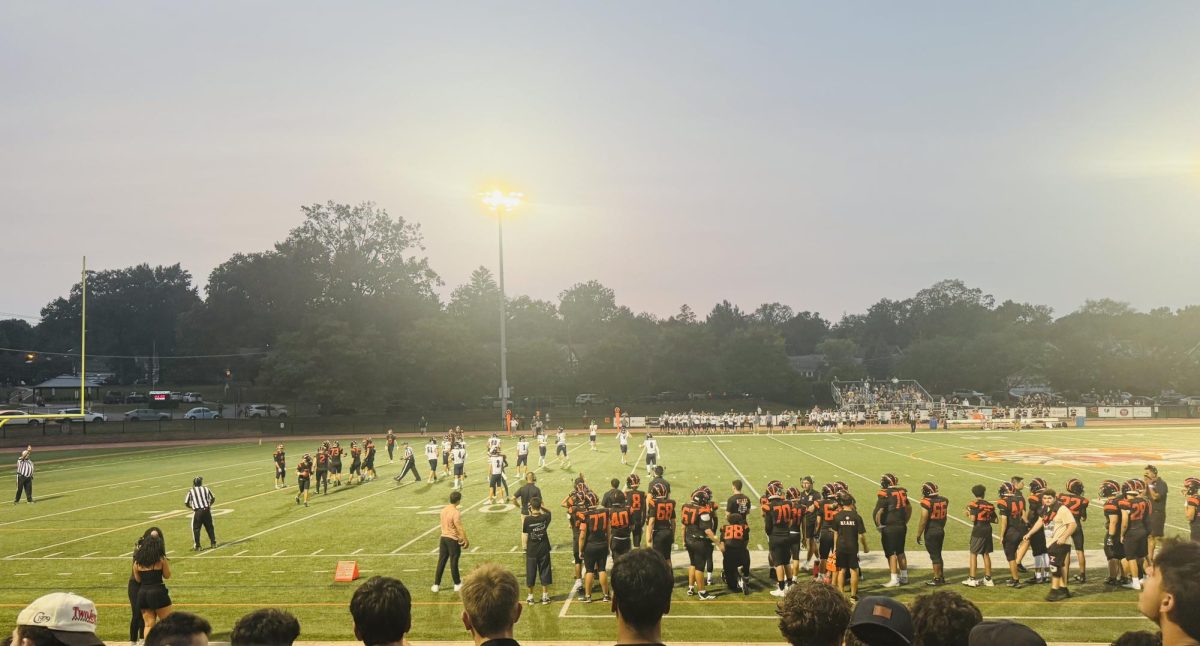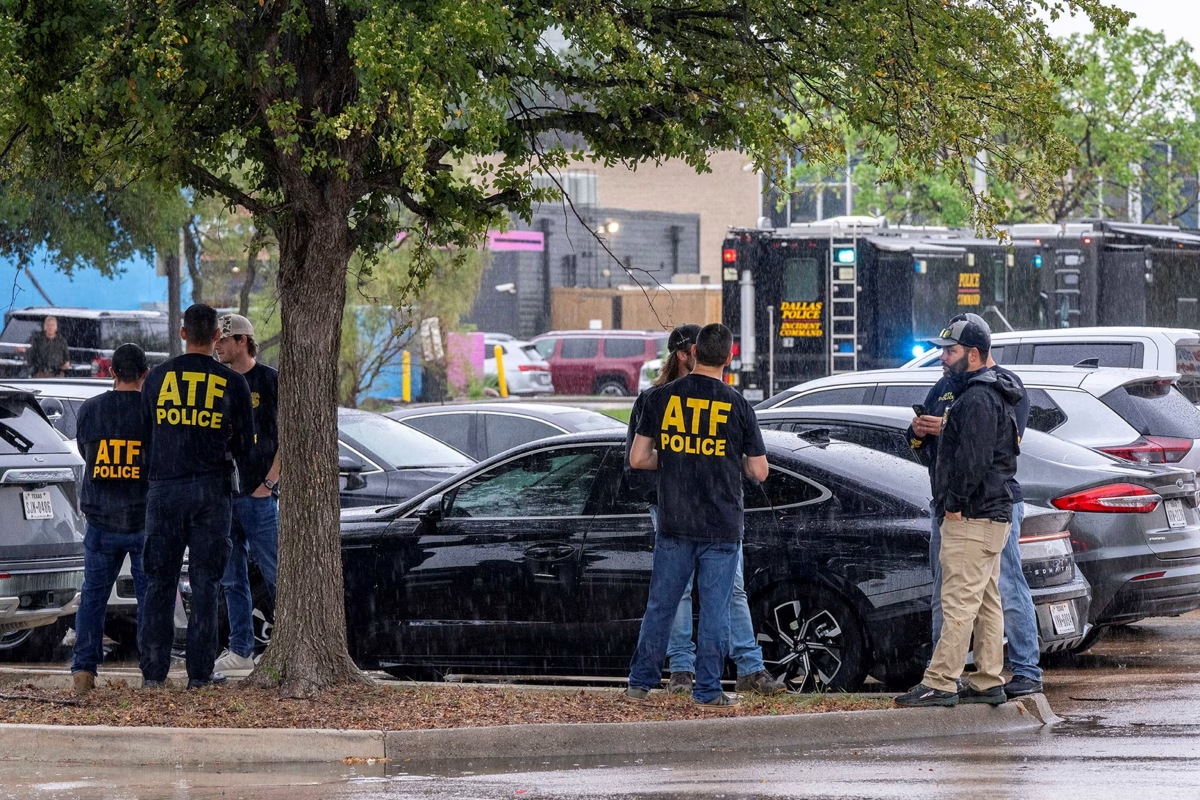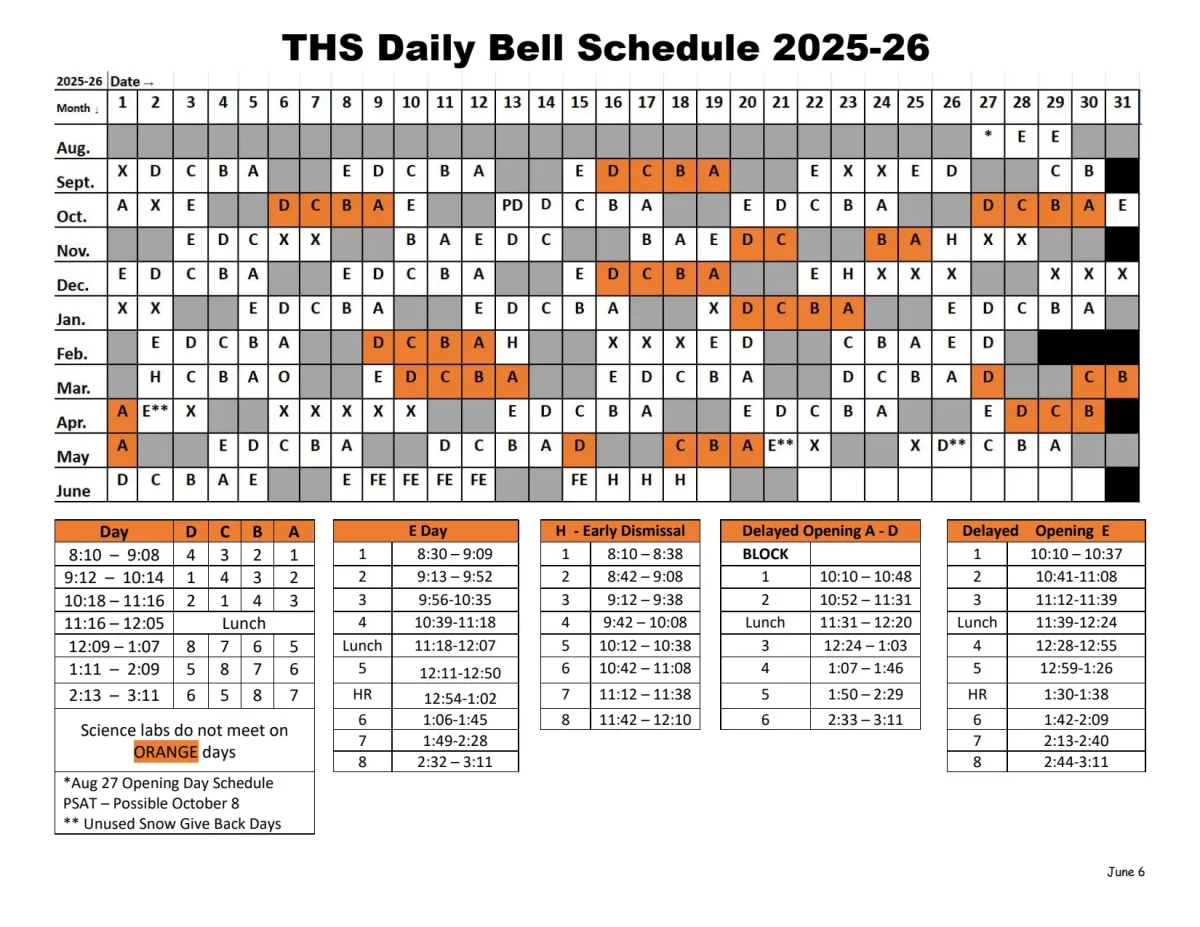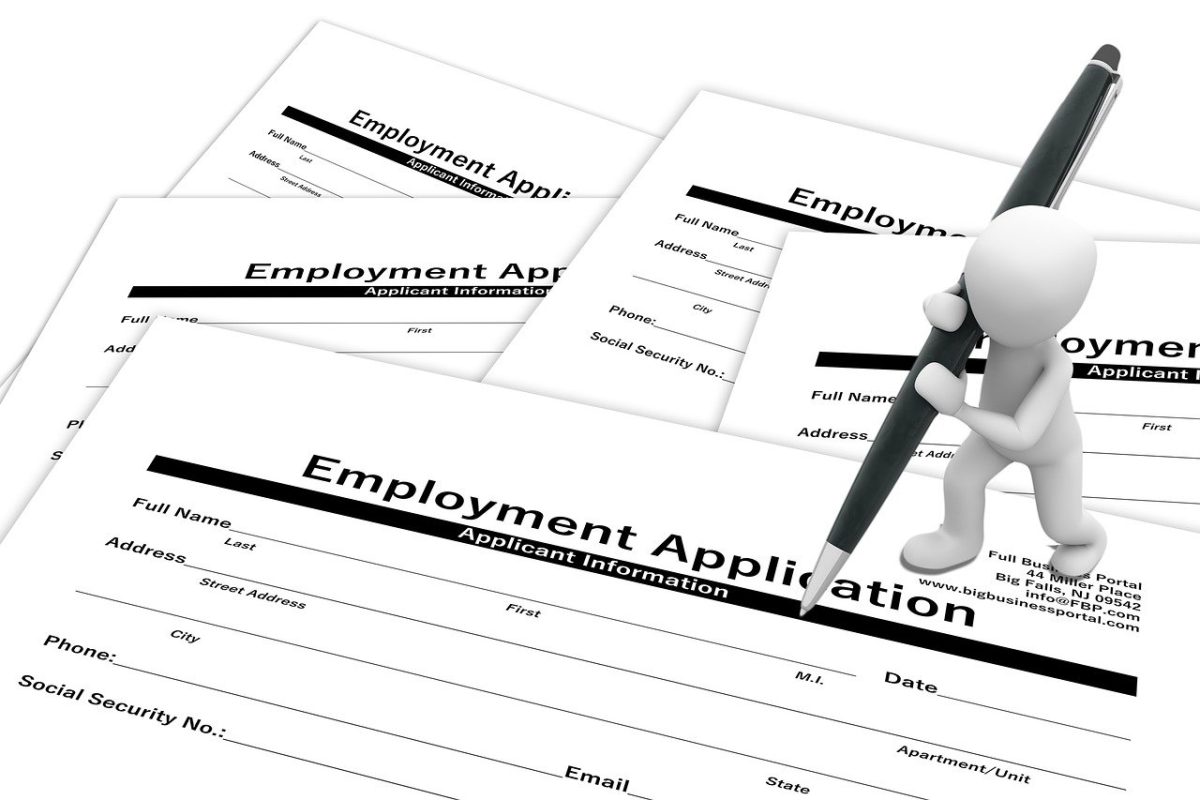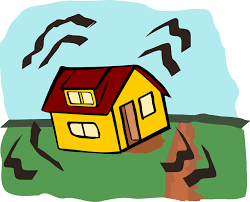
Over spring break, while some students were relaxing on a beach or visiting colleges, others were in New Jersey feeling the earth shake beneath their feet.
On Friday, April 5 at 10:23 am in Whitehouse Station, NJ, located in Readington Township, a magnitude 4.8 earthquake shook the tri-state area. Windows rattled, lights flickered, and confused faces filled the area. This was the largest earthquake to hit New Jersey since 1938, according to The Department of Geoscience at the University of Princeton. Then, around six pm, a 3.8 magnitude aftershock struck seven kilometers SW of Gladstone, New Jersey. According to the United States Geological Survey (USGS), about 50 aftershocks have occurred since the original quake. More aftershocks are expected to continue for the coming days, though they won’t reach the magnitude of the original earthquake.
On Friday, The Federal Aviation Administration monitored the runways of both JFK International Airport in New York City and Newark International Airport in NJ. The agency briefly halted departures there and most flights were delayed by about an hour. Additionally, there were system-wide delays of about 20 minutes for New Jersey Transit commuters. The Port Authority of both New York and New Jersey announced that the Holland Tunnel would be closed temporarily for traffic inspection, according to CNBC. Luckily, no injuries were reported and normal activity was able to resume across the tri-state area.
However, since this was the first large earthquake to hit New Jersey in a number of years, many people were confused as to how it occurred and what to do if another were to strike again. According to the USGS, earthquakes occur when tectonic plates (large slabs of rock on the earth’s surface) “get stuck at their edges due to friction. When the stress on the edge overcomes the friction, there is an earthquake that releases energy in waves that travel through the earth’s crust and cause the shaking that we feel.” The United States East Coast is tectonically less active than the East Coast, however, earthquakes are still possible as we all witnessed last week.
The main 4.8 earthquake and its aftershocks were likely traumatic experiences for many New Yorkers and New Jersey residents. Tenafly schools were luckily on Spring Break, but most New York schools were not. “All of our students across the school system are safe. All of our staff are safe,” stated New York City Schools Chancellor David Banks to CBS. In fact, according to the USGS, if one were to find themselves in the middle of an earthquake, the best thing to do is “Drop, Cover, and Hold On!” If inside, people are advised to get under a desk or table and hang on to it. Stay away from any windows, fireplaces, heavy furniture, and appliances. If outside, get into an open space away from buildings, power lines, and anything that could fall on you.




















































